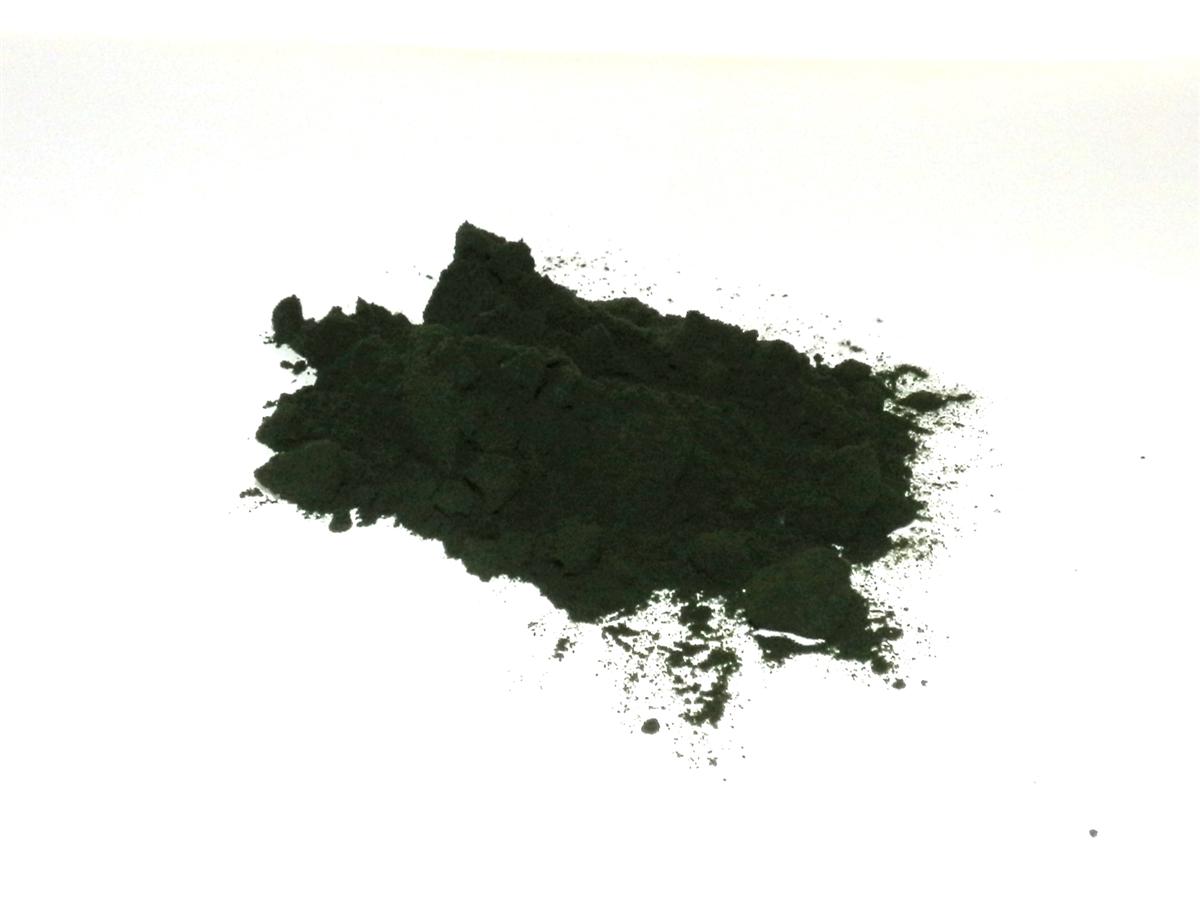Chlorella - Chlorella vulgaris

Common Names: Chlorella, Sun Chlorella, Green microalgae, Green freshwater algae, Chlorella vulgaris, Chlorella pyrenoidosa, Chlorella sorokiniana, Freshwater green algae, Latin: Chlorella, Japanese Chlorella, International: Chlorella
Latin Name: Chlorella vulgaris
Origin: Asia, Australia, Europe, South America, North America
Short Introduction
Chlorella can be cultivated in two primary ways: natural cultivation, where the algae grows spontaneously, and artificial cultivation, where controlled conditions are created to encourage its growth. Artificial cultivation of chlorella presents a mild challenge even for scientists. As a photosynthetic organism, it requires abundant light (which can be provided by artificial lighting) and water enriched with carbon dioxide for its cell cycle. A lack of sunlight results in a decreased chlorophyll content, reducing its quality. Production is quite expensive, and the search for more cost-effective and efficient methods has been ongoing since last century. Home cultivation is not recommended due to the complex process required to prepare chlorella for optimal absorption by the body. Chlorella has a tough outer cell wall, likened to a hard shell, which our bodies cannot break down, making the beneficial compounds inaccessible. It simply passes through the digestive system unless the cell wall is properly broken down (disintegrated), enabling high bioavailability and absorption of chlorella's nutrients.
Detailed Description
This freshwater microalga is celebrated for its exceptional detoxifying ability. Chlorella contains the unique Chlorella Growth Factor (CGF) and offers the highest known concentration of chlorophyll among plants.
Botanical Information
Chlorella vulgaris is a green, single-celled alga in the Chlorophyta division, all of whose species contain chlorophyll. Each organism averages 2–10 micrometers in diameter, and unlike other algae, it lacks a flagellum. Thanks to its high chlorophyll content, it boasts a vivid green color—the more chlorophyll, the deeper its hue and the more potent its properties. Remarkably resilient, Chlorella can survive in extreme conditions, and its CGF (Chlorella Growth Factor) enables it to reproduce rapidly, multiplying its biomass up to fourfold within 24 hours.
Origin and Distribution
Chlorella was discovered by the scientist M. W. Beijerinck in 1890. Its name comes from the Greek “chloros” (green) and “ella” (small). Chlorella has existed on our planet for over 3 billion years and has long been prized as a nutrient-rich resource. Naturally occurring in the waters of Asia and Australia, Chlorella is either imported or cultivated in other regions. Traditional cultivation and consumption are centered in Japan, where after the atomic bombings at the end of World War II, it was administered for its ability to help cleanse the body of the effects of radiation and accelerate the regeneration and healing of tissues thanks to its rapid cell reproduction.
Usage / Dosage
The main benefit of Chlorella is its detoxifying capacity. It contains sporopollenin, a substance within its cell wall that binds and traps toxins, cleansing the body of harmful substances and free radicals. Chlorella is perfect for springtime detoxes or cleansing regimens at any time of year. Supplementing after chemotherapy can help reduce the negative impact on the body. In Japan, it was used post-atomic bombing for its ability to purify and regenerate; its CGF content promotes rapid cell growth and tissue repair, making it especially beneficial for recovery from burns and injuries. The unique Chlorella Growth Factor (CGF) was isolated by Dr. Fujimaki in Japan and is responsible for the alga’s exceptional regenerative capabilities. For humans, CGF also helps to stimulate white blood cell production, thereby enhancing natural immunity. During chlorella supplementation, CGF also causes a rapid (up to fourfold) increase in lactobacilli in the stomach, which aids digestion. Chlorella is valued for its positive impact on the quality of eggs and sperm, making it noteworthy for those trying to conceive. During pregnancy, the growth factor also plays a vital role in fetal development. Chlorella is alkalizing, making it especially useful for acidic stomach conditions, by balancing pH and supporting both intestinal and vaginal microflora. Since those with cancer often have acidic systems, chlorella’s ability to alkalize and detoxify could offer preventive support. Its antibacterial effects further bolster immunity, and it also has a mild positive influence on sexual performance. However, chlorella’s most notable effect is in lowering cholesterol levels.
Active Compounds
Chlorella contains the highest chlorophyll concentration of any plant, which contributes to improved blood quality, supports tissue healing, and offers anti-inflammatory benefits. The Chlorella Growth Factor (CGF) (which supports cell growth) significantly improves immunity and overall well-being. Chlorella also contains chlorellin, which acts as both an antibiotic and probiotic, optimizing the intestinal microflora. Thanks to these antibiotic properties, high doses can be used for infections. Chlorella has about twice the fiber content of legumes—up to 60% of its dry mass—which helps prevent diarrhea and binds cholesterol, thereby lowering serum levels.
Traditional Dosage
Dosage recommendations vary by gender. For men, the optimal amount is 5 grams per day; for women, 4 grams daily. For periods of stress or increased demand, both men and women may increase the dose to 10 grams per day.
